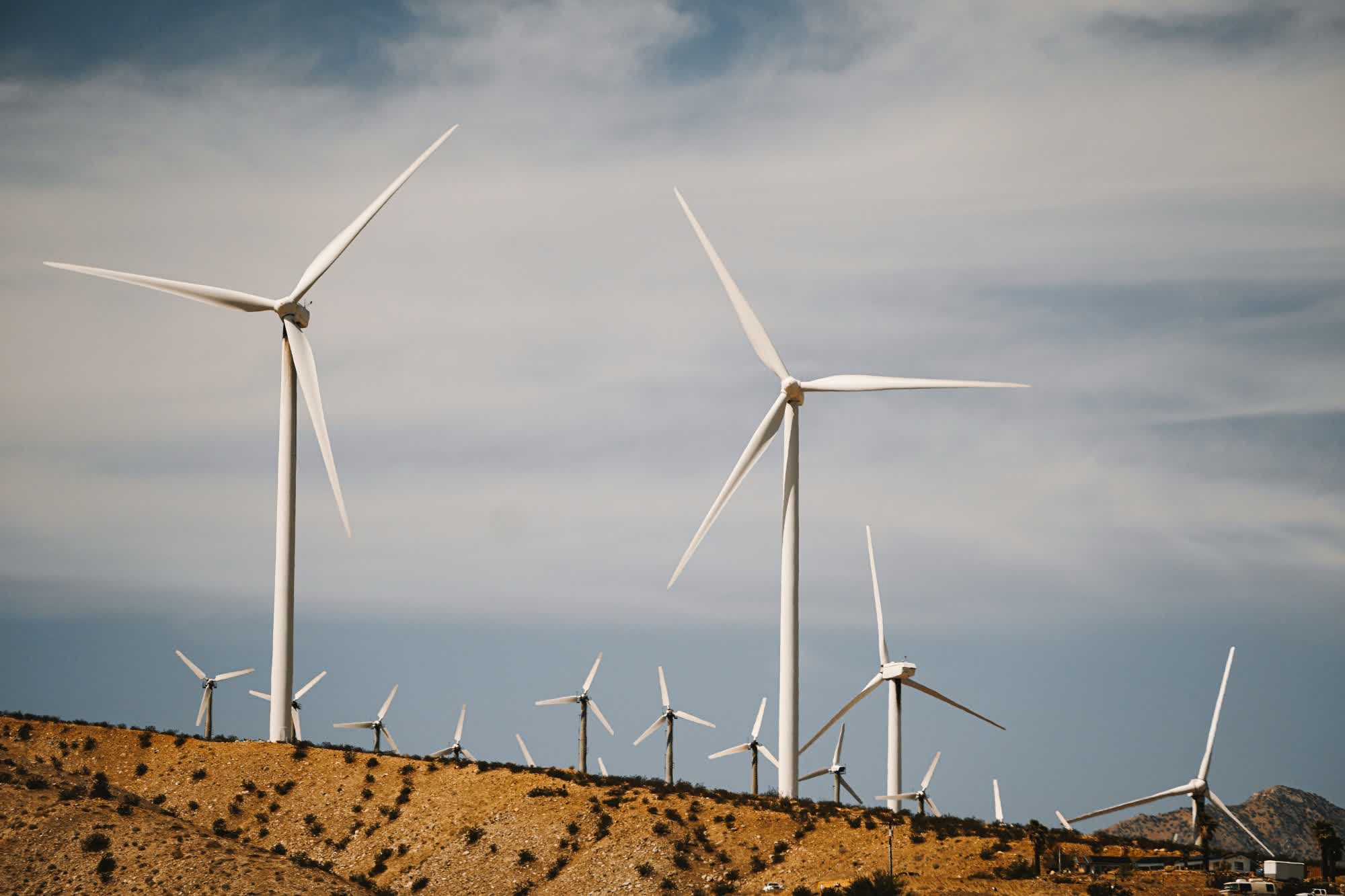Recap: Ambri has received a crucial safety certification from UL Solutions, moving the startup one step closer to commercializing its liquid metal battery technology. The company (formerly the Liquid Metal Battery Corporation) was formed as a spin-off by researchers from the Massachusetts Institute of Technology in 2010. Over the next several years, the company would generate some $40 million in funding from various backers including Bill Gates.

Just last month, Ambri inked its first ever agreement with a utility provider. The company will work with Xcel Energy to test a 300 kWh system at SolarTAC in Aurora, Colorado, over a 12 month period. It will use the GridNXT Microgrid Platform to integrate multiple generation sources, like wind and solar, along with inverters, load banks, and three phase distribution connections and communications, we're told.
The system will be installed in early 2024, Ambri said. The year-long study will give Xcel sufficient time to evaluate the system's performance and capabilities.
Ambri said its liquid metal battery system utilizes commonly available, commercial-grade raw materials including calcium, the 5th most abundant element in Earth's crust. This makes their platform far less expensive to produce than traditional lithium ion systems.

The company further claims its long-duration energy storage solution is made for daily cycling, even in harsh environments, and has a lifespan north of two decades.
Ambri co-founder Donald Sadoway said they have data on thousands of charge cycles, which translates to years of operation. Armed with the data, Sadoway is confident his product can last 20 years and still retain 95 percent of its capacity.
"I would invite you to find someone who has an operational 20-year-old lithium ion battery," he added.
What's more, the system is said to be safe as it does not produce or give off any gas, does not have the potential for thermal runaway, and is highly tolerant of over charging or over discharging. The company's systems also do not require extensive cooling, explosion prevention, or fire suppression equipment that some lithium ion battery systems call for.
Image credit: Neal Smith Photos, Kindel Media
https://www.techspot.com/news/99727-mit-spin-off-inches-closer-commercializing-liquid-metal.html